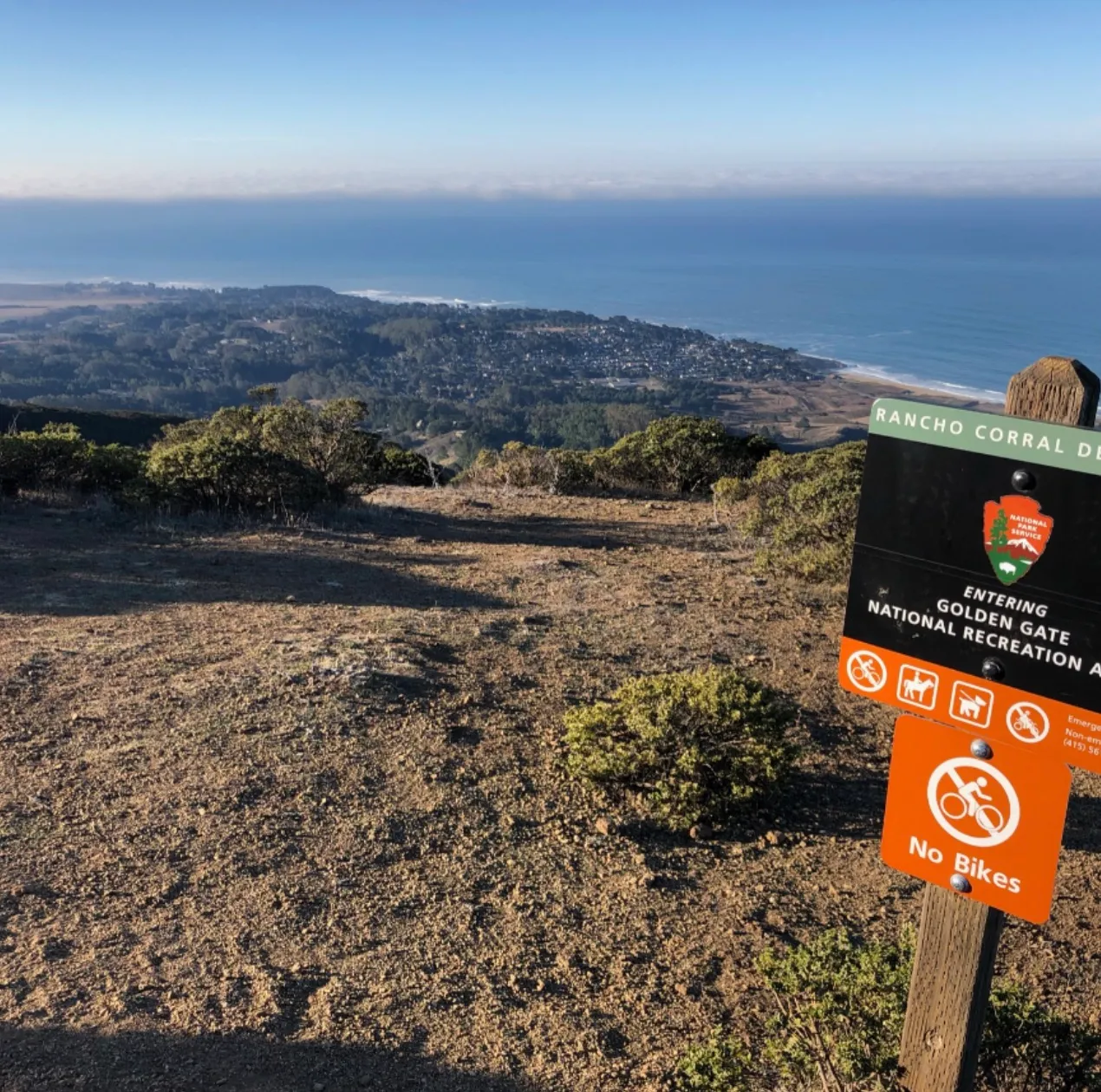|
Getting your Trinity Audio player ready...
|
REPORT. From San Mateo County Resource Conservation District.
ACKNOWLEDGEMENTS The San Mateo County Resource Conservation District gratefully acknowledges the following persons and organizations that provided input on eucalyptus removal and have committed to exploring the feasibility of programmatic permits for eucalyptus control in San Mateo County.
Thank you for your time and valued guidance for the planning process.
- Ruby Pap, California Coastal Commission
- Steve Monowitz, San Mateo County
- Suzanne DeLeon, California Department of Fish and Game
- Aren Clark, City of Pacifica
- Sam Herzberg, San Mateo County State Parks Department
- Joanne Kerbavaz, California State Parks
- Cindy Roessler, Midpeninsula Regional Open Space District
- Meghan Scanlon, Peninsula Open Space Trust
- Mary Frey, Presidio Trust
- Ben Slovesky, US Fish and Wildlife Service
- Tanya Ward, City of Half Moon Bay
Project Summary
“Addressing Regulatory Obstacles to Eucalyptus Control” is a project of the San Mateo County Resource Conservation District (RCD), funded by the California Department of Food and Agriculture through the San Mateo County Weed Management Area. The goal of this project is to support landowners and land managers seeking to control eucalyptus proliferation by addressing existing regulatory constraints to eucalyptus removal in San Mateo County. Existing regulatory requirements often do not support – or may even impede‐ eucalyptus removal. This project works with regulating agencies to establish protocols for effective control and removal by willing landowners in San Mateo County. The project was funded as a first phase with the vision that a second phase would later be funded to develop agreements for programmatic permits for the management of eucalyptus.
Need for Project
Eucalyptus was introduced to California by Australians in the 1850’s during the California Gold Rush. Learning that the huge trees grew easily in temperate climates with little regard to soil or water, they seemed the perfect crop to provide a renewable source of timber for construction, furniture making, railroad ties, and fuel in the rapidly growing state. Blue gum (Eucalyptus globulus), which is native to the east coast of Tasmania, proved valuable as windbreaks for highways and farms and has become the most common large eucalyptus in California.
By the early 1900s, thousands of acres of eucalyptus were planted, replacing oak woodlands and other native habitat.
The resulting non‐native monoculture has raised concerns about loss of biological diversity. Eucalyptus replaces a diversity of native plant species, including forage for wildlife, is purported to cause mortality in native bird species, and may disrupt native bird migratory patterns (CAL EPPC, 2004). Eucalyptus trees shade out native understory and deposit allelopathic leaf litter that inhibits the germination of native seeds (Bossard, et al., 2000, Doerr et al., 2005). Loss of food, shelter, and nesting sites for birds, small mammals, and bee colonies has been documented (WESCO, 1993).
In addition, eucalyptus forests promote fire with their prolific combustible oil, copious litter, and long shreds of hanging bark that carry flames to the crowns (Esser, et al., 1993). Stands of mature eucalyptus have also been associated with altering local hydrology.
The hydrophic nature of the leaf litter has been shown to increase soil water repellency (Thompson, et al., Ferreira et al., 2000). The result is an increase in surface water runoff, higher rates of erosion and sedimentation, and a decrease in groundwater recharge.
Eucalyptus trees show high rates of evapotranspiration, extracting water at great depths and under dry conditions (Bell and Williams, 1997, Pryor, 1976). Removal of eucalyptus from a riparian corridor has been shown to increase creek flows and/or maintain flows later into the summer (Thompson, 2008).
While eucalyptus appear to provide ecological niches for butterflies and raptors formerly filled by natives plant species, the loss of native plant forage for wildlife, as well as migratory disruptions may have a greater long term impact on a wider diversity of species, including invertebrates and microorganisms in soil (CALEPPC, 2004).
Except for providing occasional nest sites for Great Horned Owls and Red‐shouldered Hawks, non‐blooming “eucs” do not provide much food or shelter for native birds or other animals and cause areas of ecological emptiness that could otherwise by viable habitat if planted with native trees (Stallcup, 1997).
Blooming “eucs” can actually harm native birds. As their physiology is not adapted to seek insects or nectar within eucalyptus blossoms, they must insert much of their heads, thus glopping up their faces and resulting in suffocation (Stallcup, 1997). During winter (October to March), many “eucs” produce abundant flowers, which in turn attract insects and inviting bird species.
Without the presence of the “eucs”, many of these birds would migrate, as they should, into the American tropics (Stallcup, 1997).
Given the reasons above, eucalyptus trees are being removed and native habitat restored throughout California.
Control of eucalyptus is consistent with the following local plans, programs, and guidelines, among others:
- Memorandum of Understanding establishing the San Mateo County Weed Management Area;
- San Mateo County Watershed Protection Program (2004);
- San Mateo County Parks Department’s Decision Making Guidelines for Vegetation Management (2006);
- Local Resource Concerns (2010) developed by the San Mateo County Resource Conservation District and USDA Natural Resources Conservation Service Local Work Group;
- Pilarcitos Integrated Watershed Management Plan (2008);
- San Gregorio Creek Watershed Management Plan (2010);
- California State Parks Department Operations Manual (as well as General Plans, Vegetation Management Plans, and Vegetation Management Statements); and
- California’s Wildlife Action Plan (2007) of the California Department of Fish and Game.
Read the Full Report
[pdf-embedder url=”https://www.coastsidebuzz.com/wp-content/uploads/2021/02/Regulatory-Obstacles-to-Euc-Control-in-SMC-2011-1.pdf”]






